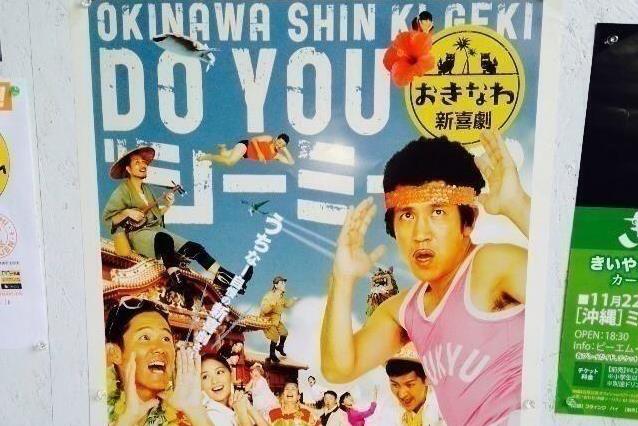Abstract
This article is an attempt to think about a transnational and translational methodology to explore crossroads (X) in what may be called the Transpacific sites of decolonial possibility beyond state borders, sites that are neither American nor Asian, but that constitute a third space. I use the term miXtopia in relation to such sites, a concept that I apply in relation to performance art that portrays life as an act of performing. “Art/life,” a sub-genre of performance, began in the 1960s, experiencing its heyday during the 1980s and 1990s. It was an art form that explored the criss-crossings of art and life through performances that pushed the conceptual limits between forms, blurring and obscuring the borders between them. Expressions that combine two terms, such as “art/life,” “living art,” and the terms “artlike art” and “lifelike art,” conceived by American pioneer performance artist, Allan Kaprow, express a way of life through the medium of art (see Montano 2000). As the conceptual background of this article, I identify subtle yet profound differences between these two terms. While “artlike art” “looks for the meaning of art,” “lifelike art plays somewhere in and between attention to physical process and attention to interpretation” (Kaprow and Kelley 2003: 232, 241). My use of life/art and art/life as “lifelike art” follows on from questions posed by Kaprow: “Is playing at life, life? Is playing at life, ‘life’? Is ‘life’ just another way of life? … Am I playing with words and asking real-life questions?” (Kaprow and Kelley 2003: 240). The imperative for me is to investigate the function of art when it has crossed into “life.” Here lies the in-between, the possibility and the performativity of language that I illuminate in this article. Employing miXtopia as both theory and methodology, I resituate aspects of Okinawan life under Japan’s cultural domination and America’s military occupation, considering the presence of decolonial performance life/art. On another level, miXtopia is similar to the surrealist modality of “le merveilleux” – the marvelous – which signified to them a gleeful freedom of the imagination, a general liberation and purification within an acceptance of material reality, and a capacity for childlike wonder and fresh response” (Sandrow 1972: 19). Here, I deploy X as a playground of “art/life as one continuing space” (Sandrow 1972: 42) where the mundane crosses into the marvelous, transgressing the boundaries between them. Blurring the distinction between art and life, fiction and truth, mind and body, reality and the spiritual, and ideological thought and action in the surrealistic space of the art/life crossroads, life turns from the mundane into the marvelous in critical and creative performances. I draw upon the art/life principle to study elements of Okinawa’s postwar culture and life that resist histories of imperialist cultural colonization by illuminating the mundane, the common, that which comes from below, and the people, as critical and creative f/actors (factors and actors) in the production of miXtopia.
My methodology aligns with the work of renowned performance artist and theorist, Adrian Piper, who considers her performance art as a methodology which is achieved through an outcome revealed and created in the process of her performing her alter ego in “Mythic Being,” a time-based mixed-media work that Piper performed between 1973-1974 as a male drag artist. The “Mythic Being” appeared both in performances (i.e. as life) in the public streets of New York and as a performative piece (i.e. as image-text) – via the visual image of the “Mythic Being” using photography and text – in the advertising section of the weekly New York magazine, the Village Voice. The performance shows the crossing of art into life, whereby, she says, the experience of performing “becomes part of public history, and no longer her own” (Piper 117). An art activity, she writes, is a “process to make sense of what’s already occurred” and to “make intelligible ex post facto a part of my life that would otherwise remain inexplicable to me” (Piper 1996: 119). Here, performing emerges as a methodology formulated “in the process” of making (sense) of the alter ego as an art/life subject-object interlocutor through movement, continuance, and possibility. The “-ing” signals the experimental praxis of chance, discovery, and the unexpected. As in performance art, it blurs the lines between form (art) and content (life). Read as a figural sign like a hieroglyph, the letter X in miXtopia is capitalized to signify the performative function (the encounters) that are embedded in theory as methodology. I employ X to locate the Okinawan language in the third con/text (the performance of text through the multiple texts and contexts) of champurū (see below) between text and life. What emerges from the encounter, in the Okinawan context, is a third con/text, which the epistemic rupture and rapture of the mixed-multiplying principle of champurū offers as decolonial possibility.

This work is licensed under a Creative Commons Attribution-NonCommercial-NoDerivatives 4.0 International License.

